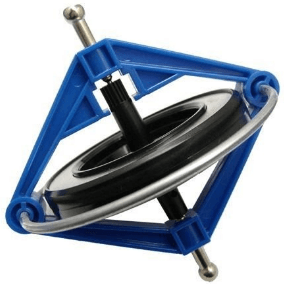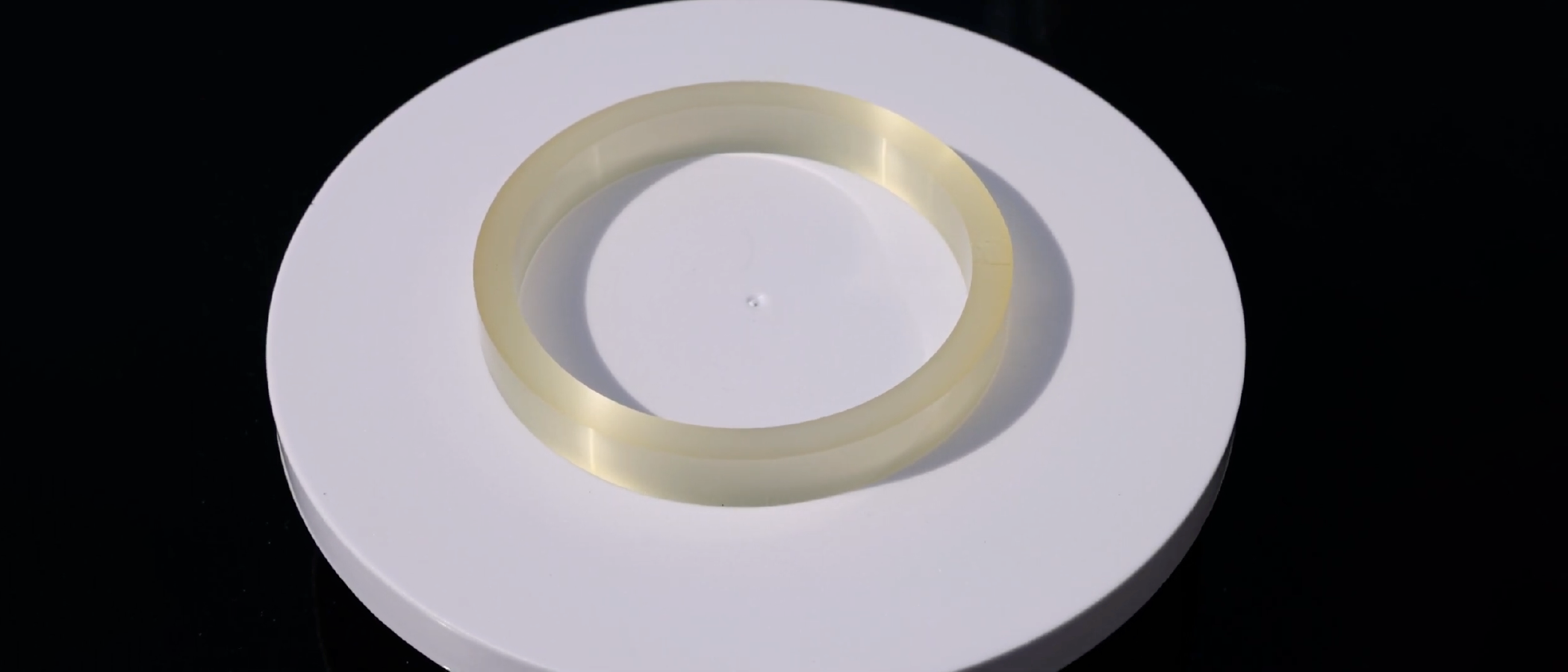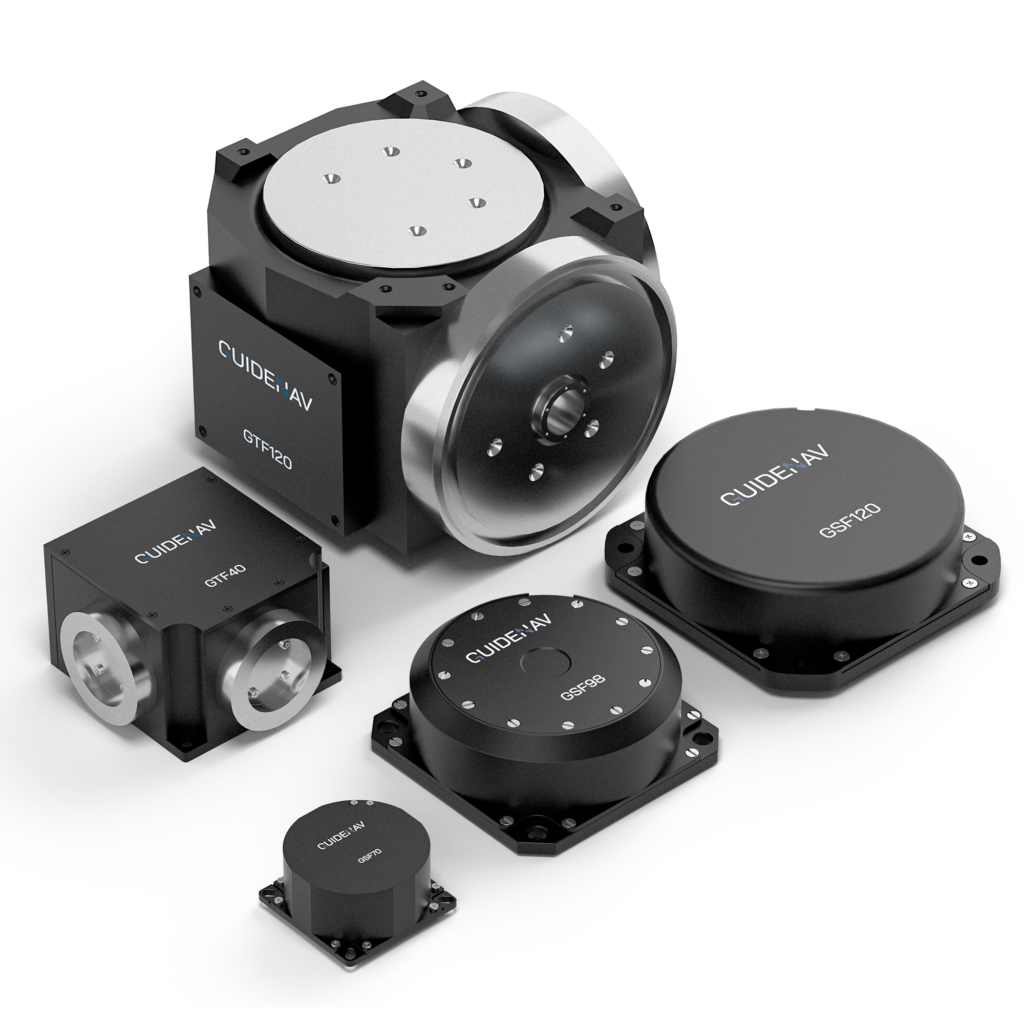In UAVs, submarines, and spacecraft, Fiber Optic Gyroscopes (FOGs) promise unmatched accuracy, but many engineers soon realize that operational results can diverge sharply from what the datasheet suggests. The problem often lies not in the sensor but in usage mistakes—misalignment, vibration, poor calibration, or ignored EMI. These errors waste budgets and compromise safety. The solution is clear: identify and avoid common mistakes to unlock the true accuracy and reliability of FOGs.
FOGs often fail in the field not due to poor design, but because of usage errors—misalignment, vibration, weak calibration, or ignoring EMI. Avoiding these 10 common mistakes ensures navigation-grade performance. GuideNav provides ITAR-free FOGs with expert integration support to help buyers and engineers succeed.
Fiber Optic Gyroscopes deliver superior bias stability and low drift compared to MEMS, making them the backbone of mission-critical navigation. But achieving that performance requires careful integration. Real-world factors such as vibration, thermal swings, and poor data handling can degrade results. In this blog, we explore 10 common mistakes engineers make with FOGs—and how to fix them.

Table of contents
What Happens If a FOG Is Misaligned During Mounting?
Mistake: Installing the FOG with approximate alignment, assuming the mounting orientation doesn’t need to be precise.
Consequence: Even small misalignments (fractions of a degree) can introduce systematic errors that accumulate over time. In UAVs, this leads to heading drift; in long-duration submarine or space missions, it may cause kilometer-scale trajectory errors.
Fix: Use precision fixtures or laser alignment tools. After installation, run alignment calibration routines (e.g., six-position tests) and update software compensation values.

Ignoring Vibration IsolationWhy Is Vibration Isolation Essential for FOGs?
Mistake: Mounting the FOG directly onto vibrating structures such as engines or rotor assemblies without damping.
Consequence: Vibration couples into the fiber coil, generating excess phase noise. This increases ARW and destabilizes the navigation filter. In worst cases, the system may oscillate or diverge.
Fix: Design mechanical damping from the start. Use elastomeric isolators, tuned mass dampers, or optimized mounting locations away from strong vibration sources. Validate with vibration spectrum testing.
How Does Poor Thermal Management Affect FOG Accuracy?
Mistake: Assuming datasheet “temperature compensation” means the FOG will always perform consistently across environments.
Consequence: FOG bias and scale factor are sensitive to temperature gradients. Rapid changes (e.g., drone moving from shade into direct sunlight, or re-entry vehicles experiencing extreme heating) cause significant drift if not managed.
Fix: Apply system-level thermal design—insulated enclosures, heat sinks, or controlled heaters. Test the FOG in realistic thermal cycles instead of only steady-state conditions.

What Risks Come from Choosing the Wrong Performance Grade?
Mistake: Selecting a lower-cost sensor when the mission requires navigation-grade performance—or overspecifying and buying a high-end FOG when a tactical-grade unit would suffice.
Consequence: If performance is under-specified, navigation accuracy degrades quickly in GNSS-denied environments. If overspecified, project costs, SWaP, and logistics may become unnecessarily high.
Fix: Match FOG performance parameters (bias stability, ARW, bandwidth, temperature resilience) to mission requirements. For UAVs or AGVs, tactical-grade is often sufficient. For submarines or long-duration spacecraft, navigation-grade or space-qualified models are required.
Why Is a Proper Calibration Strategy Critical?
Mistake: Relying only on the factory calibration and ignoring integration-specific factors such as connector strain, mechanical stress, or local offsets.
Consequence: Systematic errors go undetected, leading to persistent heading or attitude drift. Over time, these uncalibrated offsets dominate performance.
Fix: Always perform system-level calibration after installation. Use multi-axis rate tables or six-position static tests. Store calibration parameters in software and repeat validation periodically during maintenance.
How Do Interface and Data Handling Errors Impact FOG Output?
Mistake: Misconfigured communication settings (baud rate, parity, protocol) or mismatched sampling frequencies when integrating FOGs with GNSS, LiDAR, or radar sensors.
Consequence: Causes data packet loss, latency, or desynchronization. In sensor fusion, this leads to poor filter convergence and degraded navigation accuracy.
Fix: Match protocol settings to datasheet specifications. Use PPS or hardware timestamping for synchronization. Validate end-to-end latency and jitter across all navigation sensors.
Why Should Engineers Worry About EMI and Magnetic Interference?

Mistake: Placing FOGs near motors, inverters, or RF transmitters without proper shielding or grounding.
Consequence: EMI introduces spikes and jitter into sensor outputs. In military vehicles or submarines, poor shielding can compromise stealth and navigation safety.
Fix: Separate FOG cabling from high-current lines. Use shielded cables, star-grounding techniques, and metal enclosures. Conduct EMI/EMC compliance tests under full operational load.
What Problems Arise If Long-Term Drift Is Ignored?
Mistake: Running only short laboratory tests (10–60 minutes) before qualifying a sensor.
Consequence: While short-term results may look stable, long-term missions (24–100+ hours) reveal accumulated bias drift and thermal stress effects. In GNSS-denied submarines or spacecraft, this becomes mission-critical.
Fix: Run extended endurance testing (100h–1000h). Monitor bias stability over time. Select models with proven long-term drift data validated by field tests.
Can Sensor Fusion Really Compensate for Poor FOG Data?
Mistake: Believing weak sensors can be “fixed” with complex fusion algorithms.
Consequence: If the FOG produces noisy or unstable data, sensor fusion (with GNSS, LiDAR, etc.) cannot fully recover accuracy. Garbage in = garbage out.
Fix: Start with high-quality FOG data. Use fusion to enhance, not replace, sensor performance. Choose suppliers with proven FOG performance before algorithmic compensation.
Why Is Environmental Qualification Non-Negotiable?
Mistake: Skipping real-world environmental qualification, assuming lab tests at room temperature are sufficient.
Consequence: In the field, exposure to shock, vibration, humidity, or extreme temperatures causes performance degradation or outright failure. Defense and aerospace procurement teams often reject sensors without MIL-STD or DO-160 compliance.
Fix: Demand environmental qualification (MIL-STD-810, DO-160, or equivalent). Request supplier test reports. Run field trials under mission-representative conditions.

Conclusion
Fiber Optic Gyroscopes provide unmatched navigation accuracy—but only when integrated correctly. Much of their real-world performance depends not just on the sensor itself, but on how it is mounted, calibrated, and protected. By avoiding the ten common mistakes outlined above, engineers and procurement teams can ensure their systems deliver reliable, mission-ready performance.
At GuideNav, we combine advanced FOG technology with the integration expertise buyers need to succeed. Our team provides technical support, calibration guidance, and best-practice recommendations to help you unlock the full potential of fiber optic gyroscopes.
